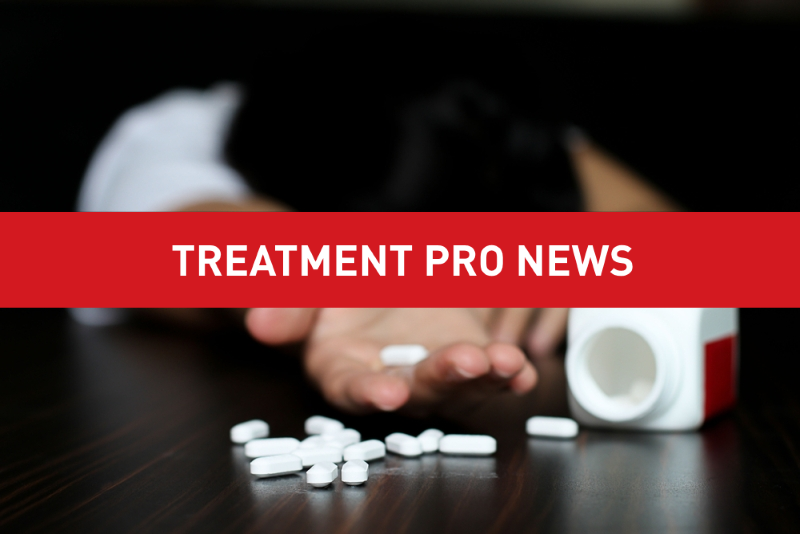
In a press announcement, the Substance Abuse and Mental Health Services Administration (SAMHSA) has highlighted a federal study on prescription painkiller abuse reported on in the Journal of the American Medical Association.
Despite a decrease in the percentage of nonmedical use of prescription opioids, the JAMA article indicates that the prevalence of prescription opioid use disorders, high-frequency use, and related mortality among adults aged 18-64 in the United States has increased.
Based on analysis conducted by researchers at SAMHSA, the National Institute on Drug Abuse (NIDA), and the U.S. Food and Drug Administration (FDA), the research shows that nonmedical use of prescription opioids among people aged 18-64 decreased from 5.4% in 2003 to 4.9% in 2013. Despite this decrease, the research also reveals the effects of the prescription painkiller epidemic during the past decade. There have been increases in the following problems among adults aged 18-64:
- Prevalence of prescription opioid use disorders increased from 0.6% in 2003 to 0.9% in 2013.
- Prevalence of high frequency use (200 days or more) increased from 0.3% in 2003 to 0.4% in 2013.
- The mean number of days of nonmedical use of prescription opioids increased from 2.1 days in 2003 to 2.6 days in 2013.
- Drug overdose death rates involving prescription opioids increased from 4.5 deaths per 100,000 people in 2003 to 7.8 per 100,000 people in 2013.
The research clearly shows that despite the fact that, “…there has been some success in lowering the percentage of nonmedical use of prescription opioids, the consequences continue to ravage many lives,” said Acting SAMHSA Administrator Kana Enomoto. “We must continue to raise awareness about the danger on nonmedical use of prescription opioids, and help people with prescription opioid use disorders get treatment.”
SAMHSA is addressing the negative data by sponsoring a wide variety of prevention and treatment programs. SAMHSA has developed an Opioid Overdose Prevention Toolkit that provides guidance on reducing the risk of death from opioid-related overdose. Despite such efforts, more needs to be done before the damaging effects of the prescription painkiller epidemic are effectively addressed and mitigated.
